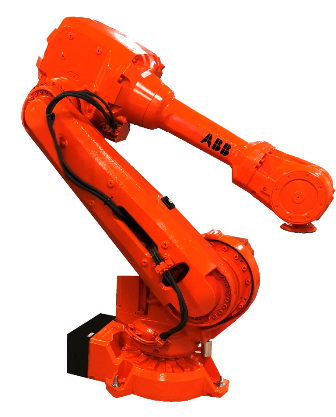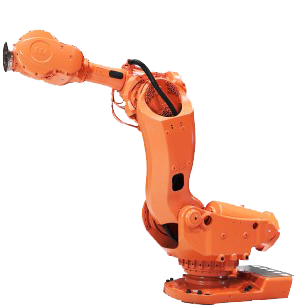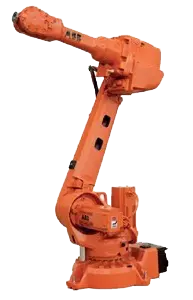Industrial robots are not new to manufacturing. In fact, they have been around for decades performing applications such as welding, painting, and material handling. The first robots were large, bulky machines that were only capable of performing one task at a time. Today’s industrial robots are more intelligent, safer, compact, and versatile thanks to advancements in robotic automation technology. The incorporation of artificial intelligence (AI) with robotics is one of the biggest driving forces behind the newer, smarter class of industrial robots, which includes models like the FANUC M-710ic/50. Today’s robots are capable of performing multiple applications, more complex tasks, and can produce more products than their predecessors.
Artificial intelligence has led to the improvement of robot functionality, versatility, and precision with the development of more advanced software, vision systems, and sensors. With AI industrial robots are becoming more independent and intelligent, making them an integral asset for manufacturers. Top robot manufacturers FANUC and KUKA recognize the advantages of integrating AI into their robotic systems. KUKA has incorporated AI technology into their collaborative robot line. Their AI based cobots can safely work alongside humans due to advanced sensors that helps protect humans from any adverse interactions.
FANUC is not only the leader when it comes to robotic manufacturing, but also when it comes to integrating AI technology with their robotic systems. FANUC has developed AI technology into their vision system, iRVision. FANUC’s iRVision can be incorporated with their robots including the FANUC R-2000ib or the LR Mate 200ic, making them capable of performing more complex applications such as packaging, palletizing, and material handling. IRVision gives FANUC robots the capability of advanced object detection, including picking parts from moving conveyors.
AI driven vision systems give robots the capability of detecting specific parts, even when the part location varies or there is a mixture of different parts within a bin. Industrial robots are able to learn which parts to detect or move by being shown a picture of the specific part. Artificial intelligence-based software stores these images for the robot to later recall when in operation.
AI is not just advancing vision systems for robots, it is also improving how robots handle objects. Advanced force sensing technology developed with AI gives assembly or material handling robots, such as the Motoman MH6, the capability to gauge the correct amount of force needed when manipulating parts. This helps to prevent damage from occurring to parts during production, as parts are handled precisely by robots no matter how small or delicate they may be.
Another form of artificial intelligence being developed in robotics is predictive maintenance software. Predictive maintenance software gives robots the capability to self-monitor its status or performance issues. Robots can then alert users when service is needed, or an issue needs to be addressed. Predictive maintenance software helps to reduce costly downtime due to robot failures by helping keep maintenance on track. It also helps users address any issues before they turn into major repairs, extending the robot’s operation life.
AI is changing the robotics industry for the better by helping industrial robots become more self-sufficient and intelligent machines. As robots become smarter their precision, efficiency, and operation also improve, allowing manufacturers to produce higher quality products at faster rates.
Robots Done Right |
Used Robot Sales |
How AI is Improving Robotics





Robots Done Right is the place to start when it comes to used robots. Contact us if you are interested in buying or selling your used robot.